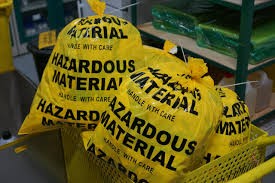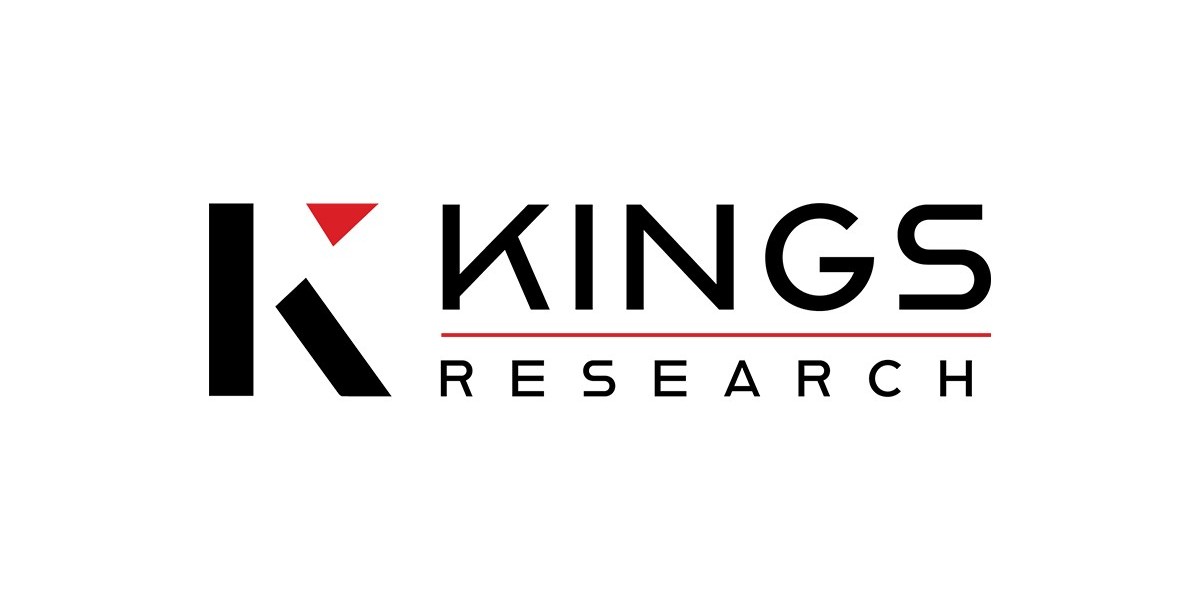The landscape of hazardous waste management is undergoing significant transformation as hazardous waste regulations evolve to address emerging environmental and safety concerns. These regulations, designed to govern the handling, treatment, and disposal of hazardous materials, are becoming increasingly stringent in response to new scientific findings, technological advancements, and a greater emphasis on environmental protection. Understanding these changes is crucial for businesses and organizations that manage hazardous waste, as non-compliance can lead to serious legal and financial consequences. This article explores how these regulations are evolving and what these changes mean for you.

The Evolution of Hazardous Waste Regulations
In recent years, hazardous waste regulations have seen considerable updates aimed at improving both safety and environmental outcomes. Historically, regulations focused primarily on the safe disposal of hazardous materials. However, recent developments have expanded to include comprehensive measures for waste reduction, recycling, and the implementation of best practices in waste management.
One significant trend is the increased emphasis on reducing the volume of hazardous waste generated. New regulations are encouraging or mandating practices that minimize waste production at the source. This proactive approach not only helps reduce the environmental impact but also lowers the costs associated with waste disposal and management.
Moreover, regulations are becoming more specific about the types of waste and their proper management. For example, there are now stricter guidelines regarding the disposal of electronic waste and pharmaceutical residues, which pose unique risks due to their chemical composition and potential for environmental contamination. These updates reflect a growing recognition of the diverse nature of hazardous materials and the need for tailored disposal solutions.
Implications for Businesses and Organizations
The evolving hazardous waste regulations have significant implications for businesses and organizations involved in hazardous waste management. Compliance with these regulations requires staying informed about current standards and implementing necessary changes to operations and procedures.
One of the primary implications is the need for enhanced documentation and reporting. New regulations often require more detailed records of hazardous waste generation, handling, and disposal processes. Businesses must ensure that they have robust systems in place for tracking and reporting this information to regulatory bodies. Failure to maintain accurate records can lead to fines and other penalties.
Additionally, businesses may need to invest in updated waste management technologies and practices. For instance, companies might need to adopt advanced waste treatment technologies or modify their waste segregation processes to align with new regulations. These investments, while potentially costly, are essential for maintaining compliance and minimizing environmental impact.
Preparing for Regulatory Changes
To effectively navigate the evolving landscape of hazardous waste regulations, businesses should adopt a proactive approach to regulatory compliance. Here are a few strategies to consider:
Stay Informed: Regularly review updates from regulatory agencies and industry publications to keep abreast of changes in regulations. Consider subscribing to newsletters or joining industry associations that provide updates and guidance on regulatory developments.
Conduct Regular Audits: Perform internal audits to assess current waste management practices and identify areas for improvement. These audits can help ensure that your processes align with the latest regulations and identify any potential compliance issues before they become problematic.
Invest in Training: Ensure that all employees involved in hazardous waste management are adequately trained on the new regulations and best practices. Continuous education helps maintain high standards of safety and compliance.
Upgrade Infrastructure: Evaluate your current waste management infrastructure and make necessary upgrades to meet new regulatory requirements. This might include investing in new waste containers, treatment technologies, or record-keeping systems.
As hazardous waste regulations continue to evolve, staying informed and prepared is key to maintaining compliance and minimizing the impact on both the environment and your business. Understanding these changes and their implications allows you to adapt effectively, invest in necessary updates, and implement best practices in hazardous waste management. By taking a proactive approach, you can not only ensure compliance but also contribute to a safer and more sustainable future.



